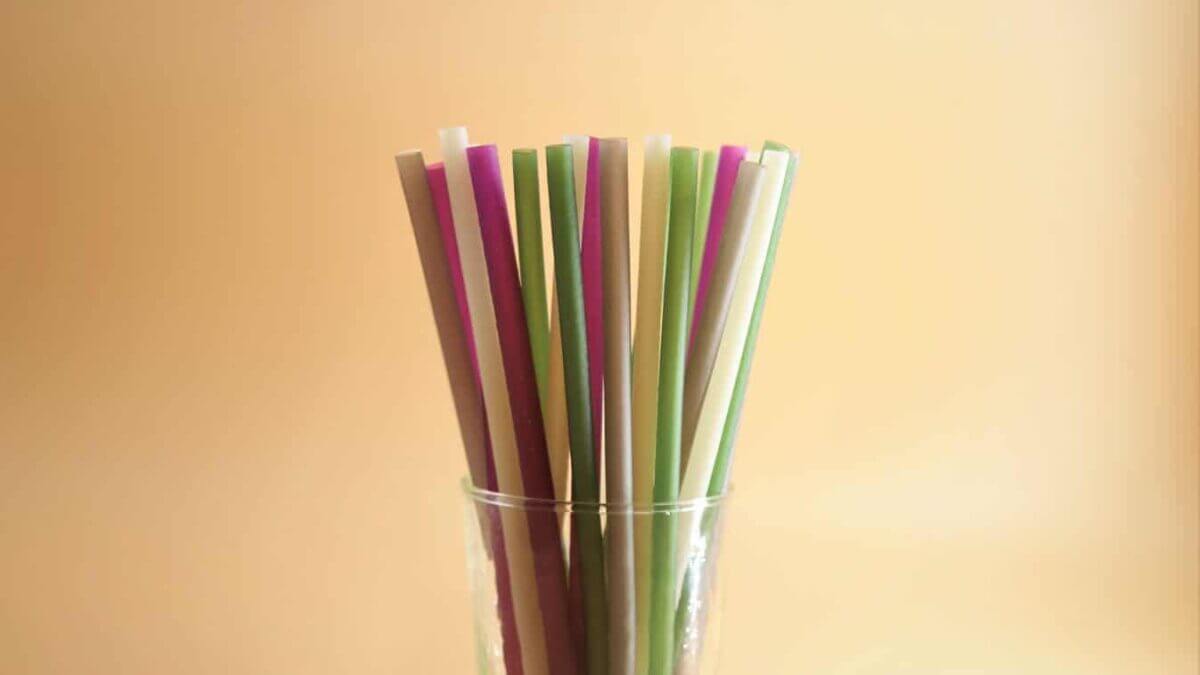Food needs to be able to travel and for that to happen safely (and not messily), it needs to be packaged properly. In today’s world, food packaging has become even more important for manufacturers.
Most packaging options today are petroleum-based plastics but with the whole world going green, food manufacturers have had to step up their game and become more innovative.
There’s been a tremendous acceleration in the demand for packaging alternatives as the unintended consequences of plastics become more visible, both locally and globally.
Eco-friendly, biodegradable and BPA-free packaging is what consumers want. They want to make sure the waste they produce doesn’t sit around in landfills forever.
In this same eco-friendly packaging lies edible food packaging. Basically, it’s food wrappers or containers that you can eat or are completely biodegradable, just like the food it is holding.
Edible food packaging eliminates the traditional waste cycle and doesn’t require any form of recycling. Thus, they won’t be filling up landfills or recycling centres.
Nowadays, you can find bowls made of mushrooms and cups made with seaweed.
Edible food packaging has been around for quite some time though. Did you know your ice-cream cone is one form of food packaging you can ingest? It is, after all, a crispy wafer that you eat after you finish the ice-cream it once held.
Then we have the coffee cups which is actually a very hard cookie, created by a fast-food chain. The idea is the same, you can eat the cup once you are done drinking your coffee. An added bonus is the cookie would have absorbed some of that bittersweet coffee flavour making it even more delectable.
If you’re Malaysian or Singaporean, you will definitely know about the famous White Rabbit candy which is wrapped in rice paper. Again, something that you can eat.
New research has also brought about newer forms of edible food packaging. Milk proteins are being turned into casein films. These films are expected to be better than plastic at keeping food fresh and reducing exposure to oxygen. The packaging looks similar to your regular store-bought cling film, but it is less stretchy.
There are some commercially available edible packaging in the market, but these are made of starch, which is more porous and allows oxygen to seep through.
Casein can become more than a film used to wrap food products. It can also be used as a coating that is sprayed onto food, such as cereal flakes or bars.
The spray could also be used to line pizza and other food boxes to keep grease from staining the packaging
There is a downside to this casein film though. People who are lactose-intolerant will not be able to stomach it. The same applies to a package containing gluten for those who have gluten allergies.
In 2018, researchers from the University of Nottingham are developing a fully biodegradable and edible food packaging made from plant carbohydrates and proteins.
The team is working on plastic films derived from konjac flour and starch, cellulose or proteins that are fully edible and harmless if accidentally eaten by people or animals.
The packaging they are working on will have very low gas permeability, making it more airtight.
Students from New York’s Pratt Institute have designed a bowl made from mushroom’s mycelium, that grows in a week and composts in less than a month.
Generally, edible packaging options are best used for refrigerated or single-serve products.
It can soon be expanded to include soups or hot drinks where the packaging dissolves into the food upon heating. Take for example the casein coating I mentioned earlier. It can be used to package cereal. This can then turn into instant milk in the cereal bowl.
Bottom line is, being able to eat the container your food came in started as a radical idea but with zero-waste becoming the way to go, it is better to create packaging your customers can consume.
Attend MYFOODTECH 2020 to look for more innovative and environmentally friendly food packaging products that will amaze you.



